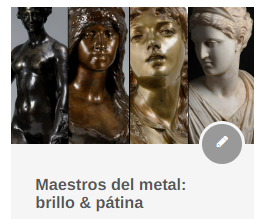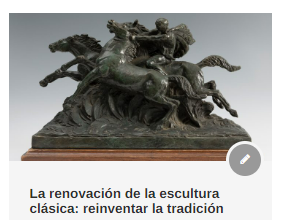Le Grand Tour: The traveller's fascination
Setdart is inviting bidders for an interesting collection of bronzes from the collections of travellers who toured the main European capitals in the 19th century. More than fifty lots will be on offer to satisfy our explorer’s cravings.

If you had been an aristocrat in the 18th or 19th centuries, you could have completed your education with a period of travel (between eight months and eight years) on the European continent. At the age of 21, accompanied by a tutor, and with Italy as a key destination, we would have learned about politics, culture and, of course, art.
On our way through France we would have gone straight to Paris, where we would have received French, horseback riding or fencing lessons, rubbing shoulders with the sophisticated Parisian society, which would have helped us greatly in refining our manners and showing off our new skills back home.
It goes without saying that in Rome we would have been victims of a Stendhal syndrome and, once recovered, we would have fallen into the irrepressible desire to acquire for our collections bronze models of all the marble wonders that had taken our breath away during our visit to the Italian peninsula. These superb pieces are the fruit of a fascination for Greco-Roman art and, with the desire to possess a piece of Western history, bronze artists put all their skill into emulating the sculpture of the past, the zenith of artistic creation.
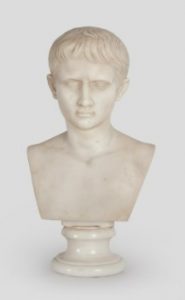
Among the pieces to be auctioned in this auction, there are some that are directly derived from archaeological models of Greco-Roman antiquity, such as the lot of 35253998which represents the Venus CalypigiaThe original was unearthed in Herculaneum in the 18th century and now rests in the National Archaeological Museum of Naples. Another good example of these reproductions can be found in the lot 35254024this time with Diana Hunterwhose original model comes from a Greek bronze from the 4th century B.C. The pairs of busts, such as that of Diana and Apollo, were also very well received by collectors, sometimes in versions of larger and well-known pieces, such as the Apollo of Belvedere in a smaller format, which we can well see in the lot 35254004.
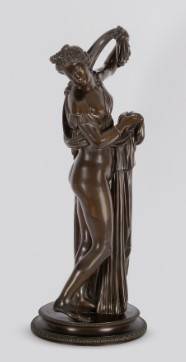
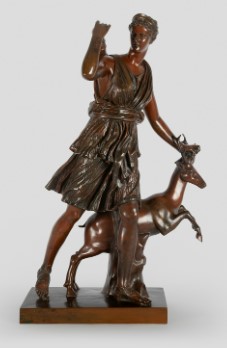
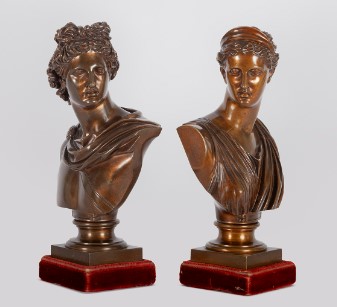
But the bronze artists of the 19th century did not live by sculpture alone, as the decorative arts were also providers of highly successful models. One of the most fruitful was the Warwick Tumbler, represented in our auction by lots 35254014 and 35254011.
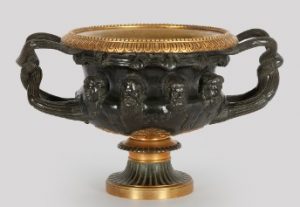
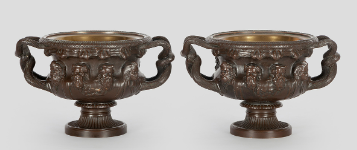
Thanks to this type of pieces, the most distinguished travelers were able to take with them true works of art created by the best artists of the time, a souvenir of their unforgettable stay, a sort of “souvenir” of their stay. memories that, more than a century later, have an entity of their own, as they tell us about experiences that shaped the thinking of the European elites of the 18th and 19th centuries and that, today, can be acquired by any of us to continue writing their own history in contemporary collections.

